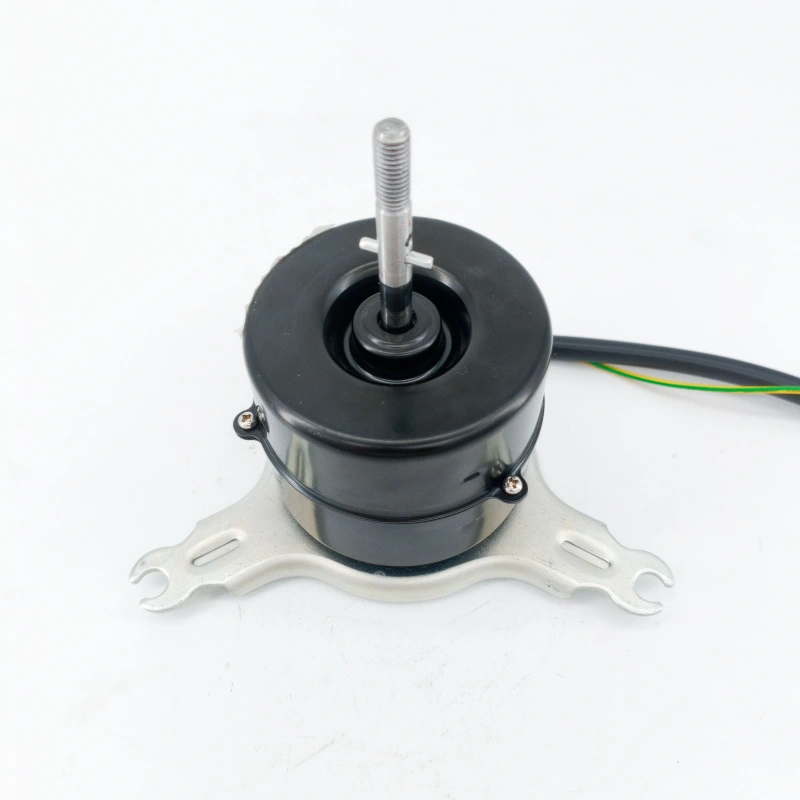The selection and use of a range hood directly affect kitchen air quality, living comfort, and operating costs. A systematic approach covering “core selection dimensions” and “daily usage tips” is required to achieve a triple balance of effective smoke removal, energy conservation, and low noise operation.
I. Scientific Selection: Focus on Core Indicators to Match Household Needs
- Prioritize Smoke Extraction Method and Installation Type
Different smoke extraction methods offer varying efficiency for specific cooking scenarios:
- Ceiling-mounted range hoods: Feature a large smoke collection area and stable air pressure, ideal for Chinese-style kitchens with frequent high-heat stir-frying and heavy oil fume. A minimum ceiling height of 65-75cm above the cooktop is required.
- Side-suction (close-range) range hoods: Mount 35-45cm above the cooktop, with a short smoke extraction path to quickly capture rising oil fumes and prevent escape. Suitable for small kitchens or those with low ceilings, and more user-friendly for tall individuals.
- Integrated stoves: Combine a range hood with a cooktop, disinfection cabinet, etc., saving space with a smoke extraction rate of over 99%. Perfect for open kitchens or households seeking integrated design, but require careful planning of exhaust duct layout during installation.
Installation types should align with kitchen structure:
- Wall-mounted (ceiling/side-suction): Flexible to install, suitable for traditional kitchens.
- Island range hoods: Designed for kitchen islands, offering strong aesthetics but requiring higher air pressure and power to prevent smoke diffusion.
- Built-in range hoods: Require pre-reserved cabinet space for a seamless look, ideal for customized kitchens.
- Key Parameters: Avoid Blindly Pursuing Higher Values
- Airflow rate: The core indicator of smoke removal capacity. For Chinese-style kitchens, 18-22m³/min is recommended; for frequent high-heat cooking, 22-25m³/min is acceptable. Excessively high airflow increases energy consumption and noise, and may cause negative indoor pressure, affecting gas combustion safety.
- Static pressure: Determines exhaust capacity, especially critical for high-rise residents (10th floor and above) or those with long exhaust ducts (over 3 meters) or multiple bends (over 2). Choose models with static pressure ≥300Pa (maximum static pressure ≥400Pa recommended) to prevent oil fume backflow during peak usage.
- Noise level: National standards require operating noise ≤74dB; high-quality models control noise at 55-65dB. Focus on “sound pressure level” rather than “sound power level” when selecting—low-noise models are more suitable for long-term use to avoid disturbance.
- Energy efficiency rating: Prioritize Grade 1 energy efficiency models (total pressure efficiency ≥23%, standby power ≤2W, shutdown power ≤1W) for significant long-term electricity savings. Grade 2 or lower models may have lower initial costs but higher subsequent energy expenses.
- Function Selection: Prioritize Practicality Over Redundancy
Essential basic functions include: one-touch high-power mode (instantly boosts airflow), delayed shutdown (removes residual smoke), and detachable oil filters (for easy cleaning). Smart features like gesture control (avoids oily operations) and smoke concentration sensing (automatically adjusts airflow) enhance convenience, but excessive smart modules may increase failure risks and costs. For cleaning, high-temperature steam cleaning or automatic hot cleaning reduces oil buildup and extends motor life—ideal for busy households—but regular manual deep cleaning is still necessary to prevent function failure.
II. Daily Usage Tips: Details Determine Performance, Balancing Energy Saving and Noise Reduction
- Proper Installation and Placement: Lay the Foundation for Effective Smoke Removal
Follow product instructions for installation height: 65-75cm for ceiling-mounted models, 35-45cm for side-suction models. Excessively high installation reduces smoke collection efficiency, while overly low placement hinders cooking operations. Minimize exhaust duct length and bends; use a duct diameter ≥16cm, avoid reducing adapters, and seal joints tightly to prevent smoke leakage and backflow. Install a check valve for ducts connected to public flues, and regularly inspect its flexibility to avoid seal failure due to oil adhesion.
- Rational Operation: Adjust Airflow as Needed to Avoid Energy Waste
Turn on the range hood 1-2 minutes before cooking to establish negative pressure and prevent smoke diffusion. Adjust airflow based on smoke volume during cooking: medium speed (15-18m³/min) for daily frying, high speed (18-22m³/min) for stir-frying. Avoid continuous high-speed operation to save energy. Keep the hood running for 3-5 minutes after cooking to completely remove residual smoke and reduce oil buildup.
- Regular Maintenance: Extend Lifespan and Ensure Efficient, Low-Noise Operation
- Oil filter cleaning: Soak the filter in hot water with neutral detergent weekly, then scrub to remove oil buildup. Clogged filters reduce air intake efficiency, leading to decreased airflow and increased noise.
- Motor and air duct cleaning: Clean the impeller and air duct every 3-6 months. Oil accumulation increases motor load, causing higher energy consumption, louder noise, and potential motor damage. For models with automatic cleaning, regularly check effectiveness and perform manual cleaning if necessary.
- Motor maintenance: Avoid prolonged continuous operation. If abnormal noise or reduced airflow occurs, inspect the motor for oil buildup or malfunctions and avoid forced use.
- Check valve inspection: Examine seal performance every 6 months and clean or replace if oil fume backflow occurs.
- Noise Reduction and Safety Precautions
Avoid simultaneous use of other exhaust devices (e.g., exhaust fans) to prevent excessive negative indoor pressure. Sudden noise increases may indicate oil buildup on the impeller or loose installation—inspect promptly. Regularly check power cords and plugs for damage to avoid electric leakage. Ensure adequate kitchen ventilation when using gas stoves with range hoods to prevent carbon monoxide buildup from incomplete gas combustion.
In summary, range hood selection requires “demand-based matching”—focus on cooking habits and kitchen structure when choosing smoke extraction methods and parameters, and avoid blind pursuit of high configurations. Through proper installation, rational operation, and regular maintenance, you can maximize smoke removal efficiency while achieving energy savings and low noise, transforming the kitchen into a comfortable, healthy cooking space.




